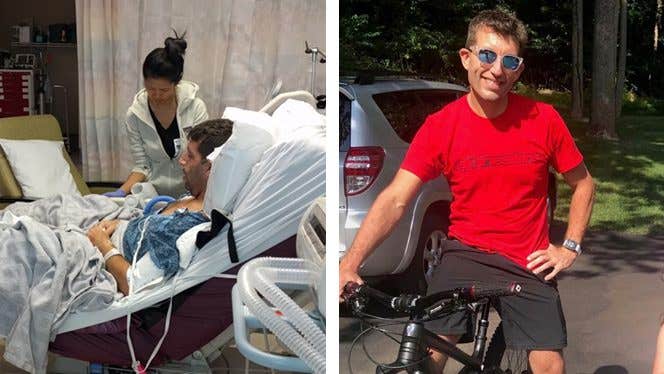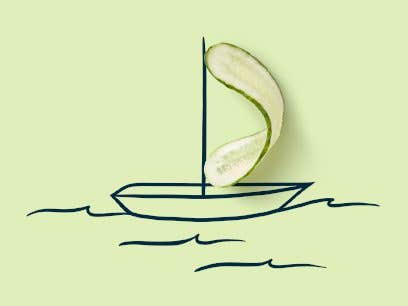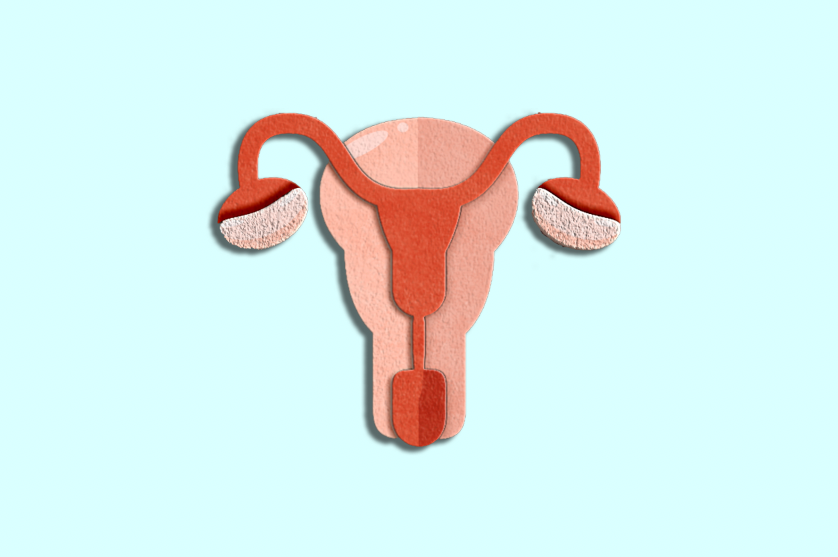HEALTH TOPICS
Understanding Types of Strokes and How to Prevent Them
What Is a Stroke?
A stroke results when an artery supplying blood to the brain becomes blocked or ruptured. Without blood to provide oxygen and nutrients, brain cells begin to die. A stroke on the left side of the brain affects the right side of the body, and a stroke on the right side affects the left side of the body. According to the American Stroke Association, this damage to brain cells may lead to death or debilitating after-effects, such as:
- Neuropathic pain
- Problems with movement, speech, and language
- Trouble reading, writing, doing math, organizing, reasoning, and learning new information
- A change in depth perception, the ability to recognize emotion in someone’s voice, the propensity for creativity
- Difficulties seeing or sleeping
- Trouble controlling bladder or bowels
- Fatigue and depression
How Is a Stroke Different from a Heart Attack?
Both stroke and heart attack are caused by an interrupted blood supply. A heart attack occurs when there is a blockage in the artery leading to the heart; a stroke happens when there is a blockage or rupture of an artery, which interferes with blood flow to the brain. A stroke, sometimes called a brain attack, can even result from a blood clot that first forms in the chest, but, instead of blocking blood flow to the heart, breaks loose and travels through the bloodstream until it reaches an artery that supplies the brain but is too narrow to allow the clot to pass. Stroke and heart attack have many of the same risk factors and prevention strategies. (See "Causes and Risk Factors," below.)
Types of Stroke
There are three main types of stroke: ischemic, hemorrhagic, and transient ischemic attack.

Symptoms of Stroke
The sooner you recognize signs that you may be having a stroke and seek medical care, the better the chance of survival and recovery. According to the Centers for Disease Control, stroke symptoms include:
- Sudden numbness or weakness in the face, arm, or leg, especially on one side of the body
- Sudden confusion, trouble speaking, or difficulty understanding speech
- Sudden trouble seeing in one or both eyes
- Sudden trouble walking, dizziness, loss of balance, or lack of coordination
- Sudden severe headache with no known cause
If you have any doubt, err on the side of caution and call an ambulance. The most effective treatments are available if the stroke is diagnosed within three hours of the first symptoms. The American Stroke Association recommends using the acronym F.A.S.T. to gauge whether a stroke might be occurring:
F: Face drooping. Does one side of the face droop or feel numb? Ask the person to smile. Is the person's smile uneven?
A: Arm weakness. Is one arm weak or numb? Ask the person to raise both arms. Does one arm drift downward?
S: Speech difficulty. Is speech slurred?
T: Time to call 911. If any of the above symptoms are present, call 911.
Causes and Risk Factors
Many of the mechanisms that lead to heart disease also can lead to a stroke. The following factors increase the risk of a stroke.
- Cardiovascular disease, including heart failure, heart defects, heart infection, or irregular heart rhythm, such as atrial fibrillation
- High blood pressure. Hypertension causes a two- to four-fold increase in the risk of stroke before age 80, according to the National Institutes of Health.
- High cholesterol
- Diabetes
- Smoking. Smoking has been linked to fatty buildup in the carotid artery, which is the main neck artery supplying blood to the brain; blockage in this artery is the main cause of stroke in Americans. Smoking also thickens blood and makes it more likely to clot.
- Being overweight or obese
- Being physically inactive
- Heavy or binge drinking or use of illegal drugs such as cocaine and methamphetamine
- Obstructive sleep apnea
- Personal or family history of stroke, heart attack, or TIA
- COVID-19. A large study of nearly 20,000 people age 65 and older found that the risk for ischemic stroke in patients with COVID-19 was significantly higher the first three days after the infection (compared with the control period of seven days before a COVID-19 diagnosis or 28 days afterward).
Preventing a Stroke
The most critical step you can take in preventing stroke is controlling blood pressure. Other important steps you can take to lower your risk of stroke:
- Maintain a healthy weight.
- Control cholesterol.
- Treat atrial fibrillation (an irregular heartbeat that can lead to blood clots).
- Keep blood sugar in a healthy range, as diabetes compromises blood vessels.
- Quit smoking.
- If you drink, drink in moderation. Heavy alcohol consumption increases the risk of high blood pressure, ischemic strokes, and hemorrhagic strokes.
- Exercise: The American Stroke Association recommends at least 40 minutes of moderate to vigorous aerobic exercise three or four days a week.
- Eat a healthy diet. Limit animal products and highly processed foods containing saturated fat, trans fat, and cholesterol, since they promote a buildup of cholesterol and plaque in the arteries, which increases the risk of strokes. Cut back on foods containing high levels of sodium to help keep blood pressure in check.
Can a Plant-Based Diet Help Prevent Stroke?
A 2021 study out of Harvard found that healthy plant-based diets—rich in foods such as leafy greens, whole grains, and beans, and low in foods such as refined grains and added sugars—may lower overall stroke risk by up to 10 percent compared with lower-quality diets. The researchers analyzed health data from more than 200,000 people who were followed for more than 25 years and completed diet questionnaires every two to four years.
Additionally, scientific studies have linked diets rich in whole plant foods to reduced rates of hypertension, obesity, cardiovascular disease, and diabetes, all of which are contributing factors for stroke.
To learn more about a whole-food, plant-based diet, visit our Plant-Based Primer. For meal-planning support, check out Forks Meal Planner, FOK’s easy weekly meal-planning tool to keep you on a healthy plant-based path.
About the Author

About the Author
Dana Hudepohl
Dana Hudepohl is an Atlanta-based writer specializing in health. Her work has appeared in more than 40 national magazines, newspapers, and websites including O, the Oprah Magazine; Shape; Health; and The Wall Street Journal. A graduate of Stanford University, she enjoys listening to health podcasts while cooking plant-based meals for her family of four. Find her on LinkedIn.
SIMILAR ARTICLES
Join our mailing list
Get free recipes and the latest info on living a happy, healthy plant-based lifestyle.
By providing your email address, you consent to receive newsletter emails from Forks Over Knives. We value your privacy and will keep your email address safe. You may unsubscribe from our emails at any time.







